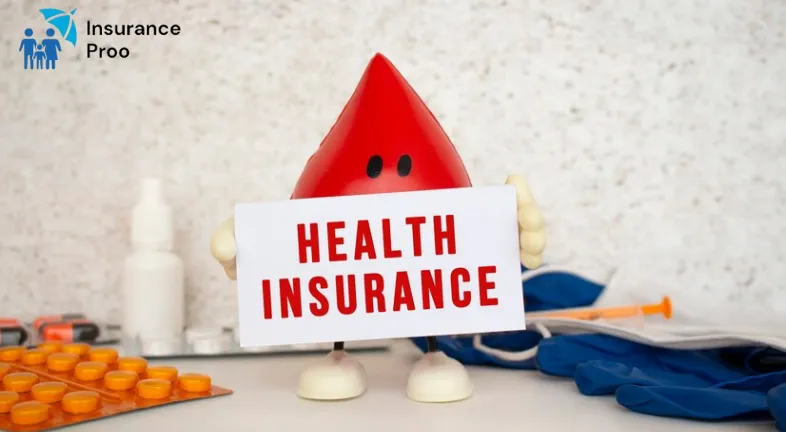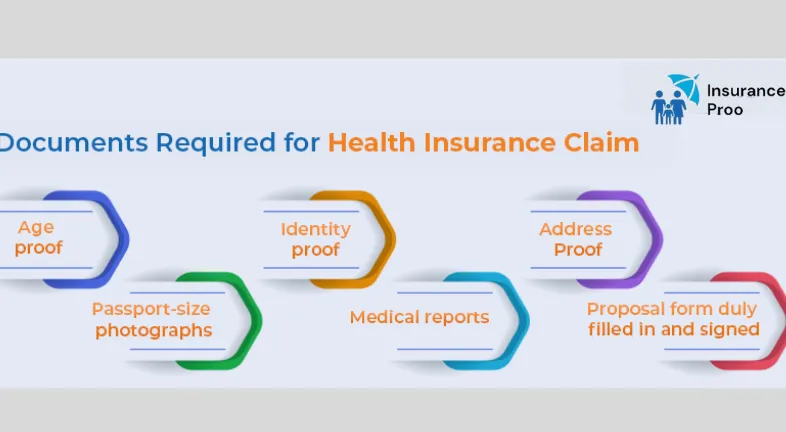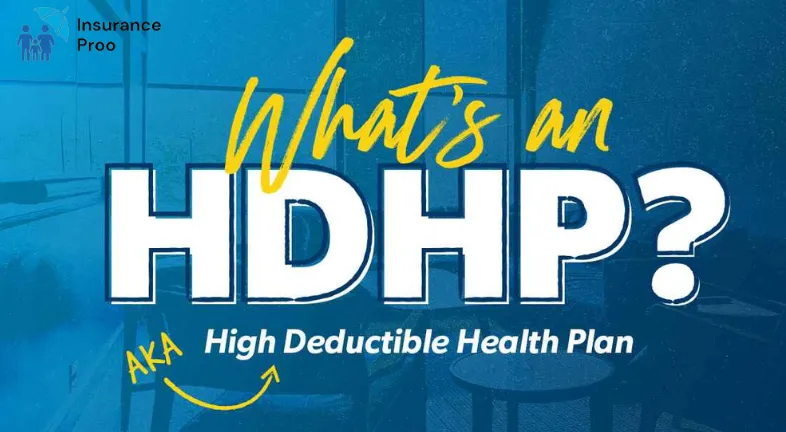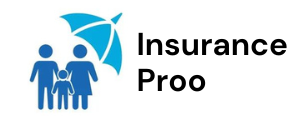BEST AFFORDABLE HEALTH INSURANCE

Uncovering Low-Cost Health Insurance: A Handbook for People on a Tight Budget The most important defense against unforeseen medical expenses is health insurance. But it can be confusing to navigate the world of health insurance coverage, particularly for people with little resources. The good news is that there are ways to get health insurance that’s reasonable without sacrificing necessary coverage. With the help of this in-depth guide, you’ll be able to investigate options and find perhaps affordable health insurance policies.
Comprehending Affordability: Outlining the Situation

The definition of”affordable” health insurance is arbitrary and dependent on your unique situation. Here are some important things to think about:
Income:
Those with lower incomes may be eligible for government subsidies that cut their monthly rates by a considerable amount.
Age:
Younger persons typically have lower premiums than older adults do. Health Status: Pre-existing medical issues may cause premium increases or affect your eligibility.
Location:
Geographic variations in healthcare expenses have an effect on premium prices.
Plan Type:
More expensive plans with higher deductibles and fewer covered services will be
more comprehensive plans with lower deductibles.
Techniques for Getting Affordable:
Making the Most of Your Health Insurance Lookup
The following are some essential methods for locating cheap health insurance:

Examine Employer-Sponsored Insurance: Due to employer-subsidized premiums, if your workplace offers health insurance, even with employee contributions, it’s typically the most affordable choice.
Think about the Marketplace for Governments: The Affordable Care Act’s (ACA) Health Insurance Marketplaces are run by numerous states. These marketplaces let you compare prices and coverage details for a range of products from various insurance providers.
Check Your Eligibility for Premium Tax Credits: Those who buy health insurance through the Marketplace who are qualified individuals or families can get premium tax credits under the Affordable Care Act. These credits can help you pay less each month for premiums. To determine your possible eligibility, use the subsidy calculator on the Marketplace website.
Medicaid: For qualifying low-income people and families, this government program offers health insurance coverage. For further details, see the Medicaid page in your state.
Examining Possibly Inexpensive Plan Choices

Budget-conscious people may want to have a look at the following possibilities, however exact plans and prices may differ depending on the region:
High-Deductible Health Plans (HDHPs): These insurance plans usually feature greater deductibles but lower monthly rates. On the other hand, you can combine them with a Health Savings Account (HSA) to set aside money before taxes for approved medical costs. This approach is most effective for healthy people who can afford to pay a larger upfront payment in case of emergency medical needs.
Bronze Plans: Generally speaking, these are the least expensive plans available on the Marketplace. They may offer less complete coverage, but they also come with greater out-of- pocket maximums, deductibles, and monthly premiums.
Catastrophic Health Insurance: Only those under 30 or those who qualify for a hardship exemption may choose this option. Its primary purpose is to safeguard against catastrophic medical events; it offers low rates but very limited coverage.
Beyond Premiums: Taking Into Account Extra Expenses

While locating a monthly premium that is affordable is important, take into account these other financial considerations:
Deductible: The amount you have to pay out-of-pocket prior to your insurance taking effect. A higher deductible plan can provide in a lower premium, but the initial out-of-pocket costs for medical care will be more of your responsibility.
Copays and coinsurance are two other ways that your plan allows you to share costs. Whereas coinsurance is splitting the cost in part with your insurance provider, copays are set amounts you pay for certain treatments. Generally speaking, lower copays and coinsurance equal higher rates.
Setting Your Needs First: Finding a Balance

Although affordability is crucial, keep in mind that health insurance serves as a safety net. These are some other factors to take into account besides price:
Network Adequacy: Verify that the physicians, hospitals, and specialists you require are covered by your plan.
Coverage Level: Select a plan that provides sufficient coverage for the medical requirements you expect to have. If a cheap premium drastically limits your access to necessary covered services, don’t prioritize it.
Customer care Reputation: If obtaining inexpensive plans entails a trade-off between inadequate customer support and responsiveness, choose a provider with a solid reputation for helpful and responsive customer care.
CONCLUSION:
Being aware of your unique needs and being diligent are necessary when searching for inexpensive health insurance. You can locate affordable coverage by looking into employer- sponsored policies, using the Marketplace and any available subsidies, and, if appropriate, taking into account HDHPs or Bronze plans. Recall to prioritize your coverage needs while staying within your means. You can receive additional guidance in selecting the best health insurance plan to protect both your health and your finances by speaking with a certified insurance broker or other healthcare specialist.











